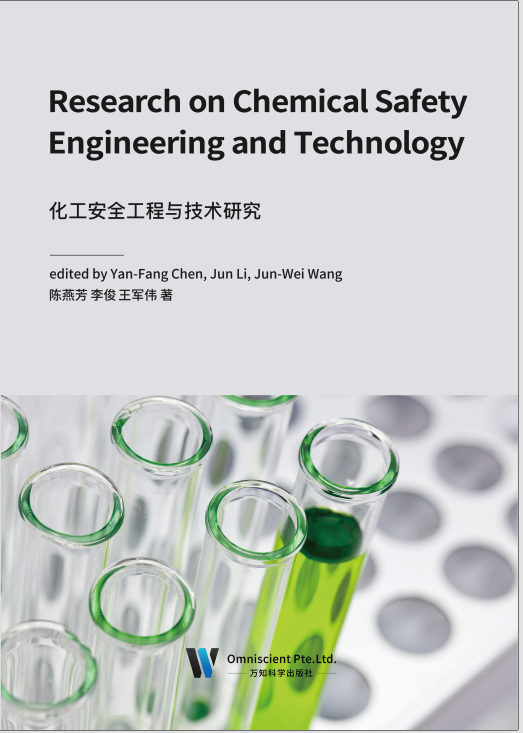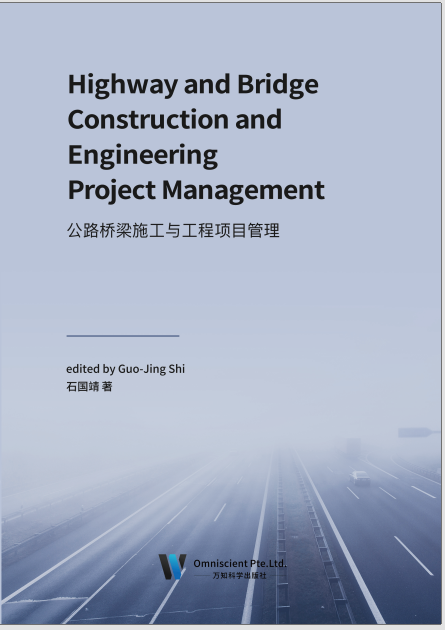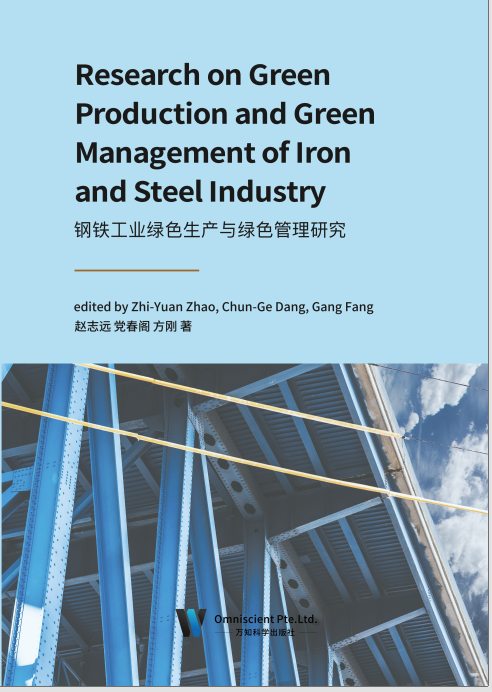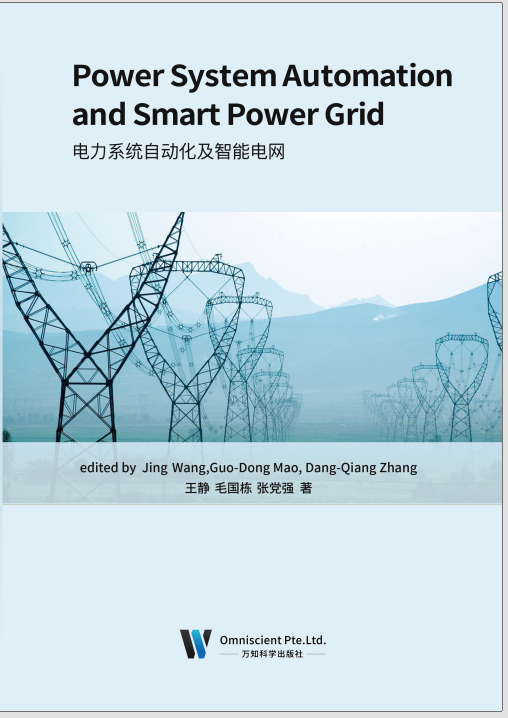
Modern chemical industry began in France in the 18th century, and then spread to England. In the 19th century, the organic chemical industry based on coal developed rapidly in Germany. However, the scale of the chemical industry at that time was not large, mainly focusing on the development of various chemicals, and the chemical process development at that time was mainly led by industrial chemists and participated by mechanical engineers. By the end of the 19th century and the beginning of the 20th century, the exploitation of oil and the construction of large-scale refineries had laid the foundation for the development of petrochemical industry and the emergence of chemical engineering technology, resulting in the modern chemical industry marked by “unit operation”.
As the foundation and pillar industry of national economy, chemical industry plays an extremely important role in national economy. In today’s world, chemical products are involved in all aspects of national economy, national defense construction, resource development and human clothing, food, housing and transportation, and play a very important role in solving the major problems of sustainable development of population, resources, energy and environment faced by human society. Chemical industry is the assistant of industrial revolution, the pillar of agricultural development, the sharp weapon of national defense construction, the tool of conquering disease and the means of improving life. The process of chemical production is complex, and the operation requirements are very strict. Generally, it is carried out under high temperature and high pressure, and most materials are flammable, explosive, toxic, harmful and corrosive, which greatly increases the possibility of accidents and the severity of accident consequences. Compared with other industries, the chemical industry itself is faced with such important problems as safety and environmental pollution. As the future chemical and related industry practitioners and personnel directly related to the chemical industry production, it is particularly important to understand the basic problems of chemical safety, master the basic knowledge of chemical safety, and establish the awareness of chemical safety production.
前 言
现代化学工业始于 18 世纪的法国,随后传入英国。 19 世纪以煤为基础原料的有机化学工业在德国迅速发展起来。但那时的化学工业规模不大,主要着眼于各种化学品的开发,而且当时的化工过程开发主要是由工业化学家率领、机械工程师参加进行的。到 19 世纪末 20 世纪初,石油的开采和大规模炼油厂的兴建为石油化学工业的发展和化学工程技术的产生奠定了基础,由此产生了以“单元操作”为标志的现代化学工业。
化学工业作为国民经济的基础和支柱产业,在国民经济中占有极其重要的地位。当今世界,化工产品涉及国民经济、国防建设、资源开发和人类衣食住行的各个方面,对解决人类社会所面临的人口、资源、能源和环境的可持续发展等重大问题,起到了十分重要的作用。化工是工业革命的助手、农业发展的支柱、国防建设的利器、战胜疾病的工具、改善生活的手段。化工生产过程工艺复杂,操作要求十分严格,一般都是在高温、高压下进行,并且大多数物料具有易燃、易爆、有毒、有害和腐蚀性强等特点, 这极大地增加了事故发生的可能性和事故后果的严重程度。与其他工业相比,化学工业本身面临着不可忽视的安全与环境污染等重要问题。作为未来化工及相关行业的从业者和与化学工业生产直接相关的人员,了解化工安全基本问题,掌握化工安全基础知识,树立化工安全生产意识,显得尤为重要。

In recent years, with the development of China’s social economy, in order to better promote the development of transportation industry, the construction projects of highway bridges are gradually increasing. In the process of highway bridge construction, strengthening the quality control of construction technology has a very key role, but at present, due to the lack of corresponding management of construction technology, the construction problems in the process of highway bridge construction are gradually increasing. In the future highway bridge construction process, we need to strengthen the control of construction technology, need to further strengthen the quality control of highway bridge construction technology, to ensure the smooth operation of highway bridge.
As an important support of China’s transportation industry, highway bridge plays a very important role in the current transportation industry. In recent years, with the development of social economy, China’s highway bridge construction projects are gradually increasing, but the quality control of highway bridge construction technology is not very optimistic. There are still some technical problems in the construction of highway bridges, which seriously affect the quality of highway bridges, cause a very adverse impact on the operation of highway bridges in the future, and even cause serious traffic accidents. To strengthen the traffic quality of highway and bridge, firstly, it is necessary to start from the construction process, scientific and reasonable construction scheme and advanced construction technology can promote the practicability of highway and bridge; secondly, it is necessary to strengthen project management, advanced and scientific management method can not only improve the quality of highway and bridge engineering, but also reduce costs and maximize benefits.
前 言
近年来随着我国社会经济的发展,为了更好地促进交通运输业的发展,公路桥梁的施工项目逐渐增加。在公路桥梁施工过程中加强对施工技术的质量控制有着十分关键的作用,但是当前由于施工技术缺少相应的管理,导致公路桥梁施工过程中的施工问题逐渐增加。在今后的公路桥梁施工过程中需要加强对施工技术的控制,需要进一步加强对公路桥梁施工技术的质量控制,保障公路桥梁的顺利运行。
公路桥梁作为我国交通运输行业重要支撑,在当前我国的交通运输业中发挥着十分重要的作用。 近年来随着社会经济的发展, 我国的公路桥梁施工项目逐渐增加,但是公路桥梁施工中施工技术的质量控制工作现状并不十分乐观,公路桥梁施工中仍然存在一定的施工技术问题,严重影响公路桥梁的质量,对今后的公路桥梁的运行造成十分不利的影响,甚至会造成严重的交通事故。加强公路桥梁通行质量,一是需要从施工过程入手,科学合理的施工方案和先进的施工技术都可推动公路桥梁实用性提升;其次,还应加强项目管理,先进且科学的管理方式不但可提升路桥工程质量,亦可降低成本,实现收益最大化。

The rapid development of social economy accelerates the process of urbanization, urban traffic roads bear more and more pressure, urban road engineering construction is facing a more severe test, so the adjustment and improvement of urban roads is imminent. The construction quality of subgrade and pavement has a decisive impact on the safety and stability of urban road use.
China’s transportation network is rapidly improving, which benefits from the increase in the number of highway projects. The highway is the hub connecting various regions, which provides the possibility for regional exchanges. Highway engineering usually has large scale and long construction period, which can not only consume a lot of cost, but also create considerable economic and social benefits. Therefore, it is necessary to control the construction quality of highway engineering. Especially in the highway subgrade and pavement compaction link, the construction efficiency and quality is very important. Because the compaction effect of subgrade and pavement is not only related to the smoothness and aesthetics of pavement, but also affects the stability of subgrade and the service life of the whole project. If the application of subgrade and pavement construction technology is unreasonable, it will affect the follow-up construction and greatly reduce the quality of engineering construction; secondly, the test and detection of highway engineering can be regarded as an important indicator to measure the quality of highway engineering construction, and also an important basis for management in the process of construction. As a standard to measure the construction quality of highway engineering, the test and detection methods of subgrade and pavement engineering play an important role in improving the construction quality.
前 言
社会经济的飞速发展加速了城市化的进程,城市交通道路承受的压力越来越大,城市道路工程建设面临更加严峻的考验,因此对城市道路进行调整与完善迫在眉睫。而路基路面的施工质量对城市道路使用的安全性与稳定性都有着决定性的影响。
我国交通运输网络正在快速完善中,这得益于公路工程数量的增多。公路是连接各地区的枢纽,为区域间的交流来往提供了可能性。公路工程通常规模较大,施工周期长,在消耗大量成本的同时,也能创造可观的经济效益和社会效益。因此,把控公路工程施工质量是很有必要的。尤其是在公路路基路面压实环节,施工效率和质量更是至关重要。因为路基路面压实效果不仅关乎路面的平整度和美观性,也影响着路基的稳固性以及整个工程的使用寿命。如果路基路面施工技术应用不合理,将会对后续施工造成影响,也会使得工程建设质量大打折扣;其次,对公路工程进行试验检测可以被认为是对公路工程其施工的质量进行衡量的一个重要的指标,同时也是在施工的过程中进行管理的一个重要的依据。而对路基路面的工程进行试验检测的相关方法作为对公路工程其建设的质量进行衡量的一个标准,就对施工质量进行提高方面有着至关重要的作用。

Iron and steel industry is an important basic industry of the national economy, an important guarantee for the country to achieve rapid economic growth, and an important symbol to measure the level of a country’s economic and social development. In recent years, driven by both international and domestic markets, China’s iron and steel industry has achieved unprecedented development, which has attracted worldwide attention. However, with the rapid development of iron and steel industry, it also faces severe environmental problems. A large amount of dust, SOx, NOx and waste water produced in the process of iron and steel production make it a major environmental polluter. Taking the traditional way of high pollution, high energy consumption and low efficiency is not in line with the requirements of the times. In order to meet the development requirements of the new era, it is the mission of the times to implement “green production” and “green management” and establish resource-saving and environment friendly green iron and steel enterprises.
“Green production” refers to a comprehensive measure which aims at energy saving, consumption reduction and pollution reduction, takes management and technology as means, implements pollution control in the whole process of industrial production, and minimizes the amount of pollutants. The difference between “green production” and“clean production” is that the concept of “clean production” is more focused on industrial production, and “green production” is defined as organizing the production process and creating green products according to the principles conducive to ecological environment protection. Therefore, in a sense, the connotation of “green production” is broader than cleaner production. “Green management” is a kind of management idea which adapts to the ecological trend of economic development. It is a new enterprise management idea and management system. “Green management” requires enterprises to integrate the concept of environmental protection into their operation and management, that is, the operation and management activities of enterprises should not only follow the requirements of the law of market economy, but also follow the requirements of the law of ecological environment, save resources and control pollution from all aspects of enterprise production and operation, so as to achieve the goal of sustainable development of enterprises. Green management is a new trend of enterprise management development, and the idea of green management has become a new field of management research. Therefore, in the current situation of deteriorating ecological environment and increasingly scarce resources, green production and green management are the only way to realize environmental protection and sustainable development of iron and steel industry.
前 言
钢铁工业是国民经济的重要基础产业,是国家实现经济高速增长的重要保障,也是衡量一个国家经济和社会发展水平的重要标志。近几年,在国际、国内市场的双重驱动下,我国钢铁工业取得了前所未有的大发展,令全世界所瞩目。然而,钢铁工业在快速发展的同时也面临着严峻的环境问题。钢铁生产过程中产生的大量粉尘、 SOx、 NOx、废水等使其成为环境污染大户。走传统的高污染、高能耗、低效率的老路已不符合时代的要求,为了适应新时期的发展要求,实行“绿色生产”与“绿色管理”,建立资源节约型与环境友好型的绿色钢铁企业是时代赋予钢铁工作者的使命。
“绿色生产”是指以节能、降耗、减污为目标,以管理和技术为手段,实施工业生产全过程污染控制,使污染物的产生量最少化的一种综合措施。“绿色生产”与“清洁生产”的区别是:“清洁生产”的概念较专注于工业生产,“绿色生产”定义为按照有利于生态环境保护的原则来组织生产过程,创造出绿色产品。因此,在某种意义上,“绿色生产”的内涵比清洁生产更广。“绿色管理”是适应经济发展的生态化趋势而产生的一种管理理念, 它是一种全新的企业管理思想和管理体系。 “绿色管理”要求企业将环境保护的观念融入企业的经营管理之中,即企业的经营管理活动不仅要遵循市场经济规律的要求,而且要遵循生态坏境规律的要求,从企业生产经营的各个环节着手来节约资源控制污染, 实现企业可持续发展的目标。“绿色管理”是企业管理发展的一种新趋势,“绿色管理”思想也成为管理研究的一个新领域。因此,在生态环境恶化,资源日益匮乏的当今,“绿色生产”与“绿色管理”是钢铁工业实现环境保护与可持续发展的必由之路。

At present, China is the world’s largest energy consumer, the traditional energy production and consumption model has difficult to adapt to the current situation. Under the situation of shifting economic growth and tightening resources and environmental management, it is imperative and urgent to promote energy revolution. In June 2014, we put forward the strategic thinking of “four revolutions” and “a cooperation”, including the energy consumption, supply, technique and system revolution and international energy cooperation, which make clear the development direction of resources revolution and deepens the connotation of resources revolution. In the meantime, we hope through the resources revolution, we can vigorously promote the development of new and renewable sources. We will gradually building a diversified, low-carbon and carbide-free new energy system, which is intelligent, clean and efficient, to ensure the energy supply for economic and social development. Against the backdrop of the energy revolution, our country is stepping up energy reform and actively deploying structural adjustment in all fields and industries of energy.
One of the basic principles of power planning is intelligent, efficient and innovative. To promote the transformation and upgrading of energy system, it is necessary to strengthen the system integration and optimization, improve the mode of dispatch and operation, improve the efficiency of power system, promote the innovation of scientific and technological equipment and explore new modes of management and operation. In addition, the rapidly developing internet industry is gradually subverting production and operation model of many traditional industries with great power, the internet of energy industry has brought both new opportunities and challenges to the energy revolution. We will take “internet+” as a tool and intelligence as basis to build a low-carbon, safe and efficiency modern energy system, we will promote in-depth integration of energy and information, and the development of new techniques, patterns and forms of energy internet. We will drive the supply-side structural reform in the energy sector to support and advance the energy revolution. In the meantime, the idea of smart grid could be turned into a reality by the dividends of this technological development.
前 言
目前我国是世界上最大的能源消费国,传统的能源生产和消费模式已难以适应当前形势。在经济增速换档、资源环境管理趋紧的形势下,推动能源革命势在必行、刻不容缓。 2014 年 6 月,我国提出“四个革命”和“一个合作”战略思想,包括能源消费、供给、技术和体制四个革命和国际能源合作,明确了能源革命的发展方向,深化了能源革命的内涵,同时希望借助能源革命大力推动新能源和可再生能源的发展,逐步建成多元化、低碳化、无碳化的智能、安全、清洁、高效的新能源系统,保障经济社会发展需求的能源供给。在能源革命的大背景下,国家正加紧推进能源改革,积极部署能源各个领域、各个产业的结构调整。
电力规划的基本原则之一是智能高效、创新发展,通过加强系统集成优化、改进调度运行方式、提高电力系统效率、大力推进科技装备创新、探索管理运营新模式等方式,促进能源系统的转型升级。此外,迅速发展的互联网行业正以巨大的力量逐步颠覆多个传统产业的生产和经营方式,能源行业的互联网化为能源革命带来了新的机遇和挑战。以“互联网+”为手段,以智能化为基础,围绕构建绿色低碳、安全高效的现代能源体系,能够有效促进能源和信息深度融合,推动能源互联网新技术、新模式和新业态发展,推动能源领域供给侧结构性改革,支撑和推进能源革命。同时,智能电网的构思也可在这一技术发展的红利下从构想成为现实。